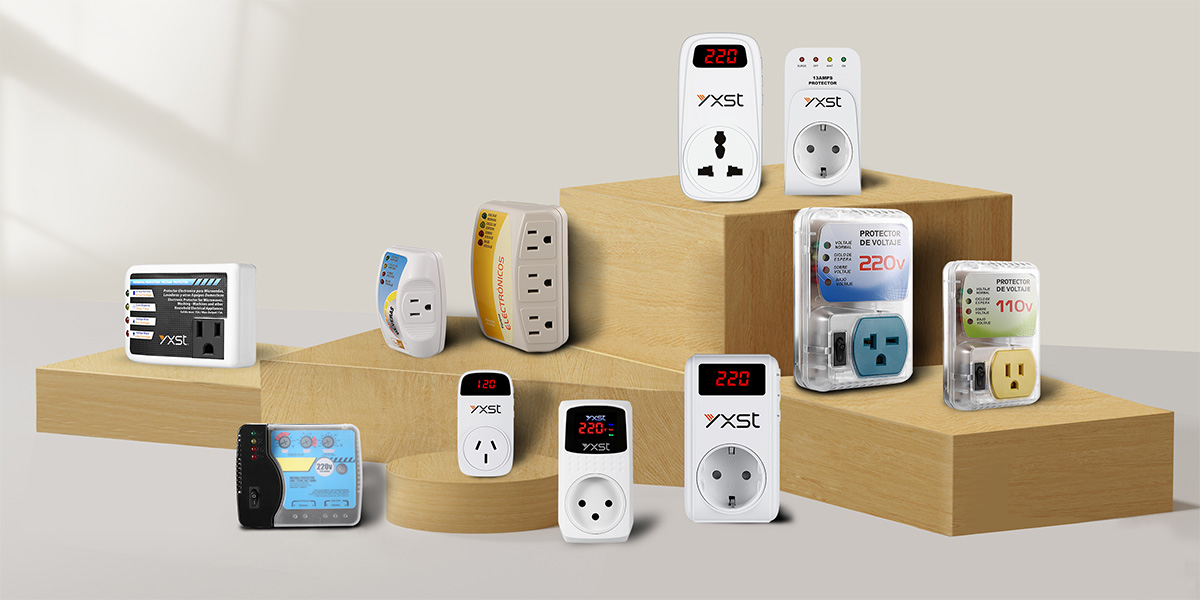The terms “surge protector” and “voltage protector” are often used interchangeably, but there is a subtle difference between the two:
Surge Protector (or Surge Suppressor): A surge protector is a device designed to protect electrical devices from voltage spikes or surges. It works by diverting excess voltage away from connected devices to prevent damage. Surge protectors are commonly used to safeguard electronics from transient voltage spikes caused by events like lightning strikes, power grid switching, or electrical faults.
Voltage Protector: A voltage protector, on the other hand, is a broader term that can refer to devices designed to regulate or stabilize the voltage supplied to electrical equipment. Voltage protectors can include devices like voltage regulators or stabilizers that ensure a steady voltage supply within a specified range, protecting devices from both high and low voltage conditions.
Is voltage protector the same as surge protector?
Voltage protectors focus on voltage stability, while surge protectors prevent instantaneous voltage surges. It is important to choose the right protector based on actual needs.

What is the function of a voltage protector?
Voltage protectors are designed to protect electrical and electronic devices from spikes, surges, and fluctuations in mains voltage.
How voltage protectors work:
Divert excessive voltage away from connected devices and ensure they receive consistent and safe voltage levels.
Features of voltage protectors:
Voltage protectors are important for protecting sensitive electronic devices, such as TVs and home appliances, from potential damage caused by power surges or fluctuations. They help prevent premature failure or damage to components within a device, ensuring its long life and reliable operation.
Summary:
The function of a voltage protector is to regulate, stabilize, and protect connected devices from voltage instability, thereby extending their life and ensuring their proper operation.







